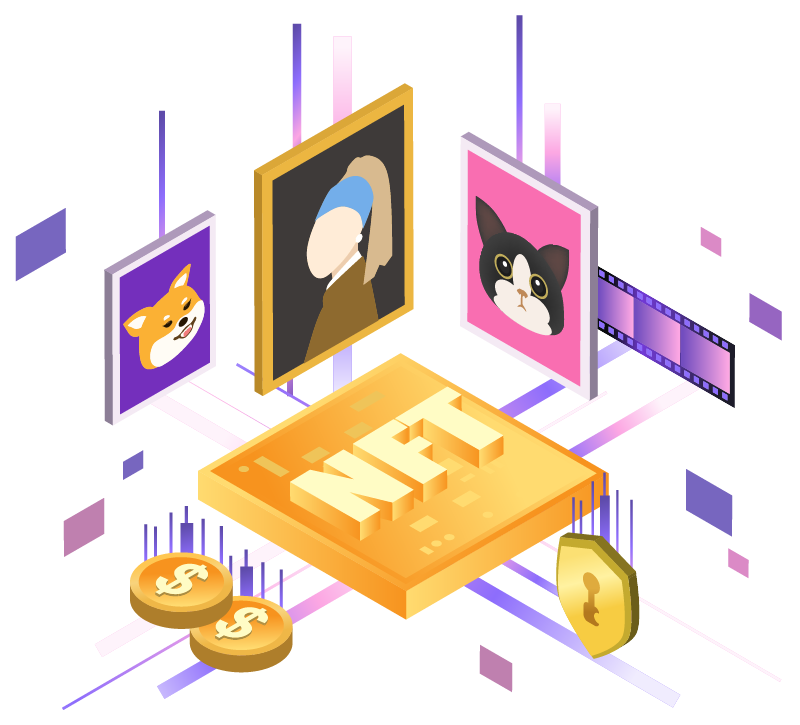Wallet
A wallet allows users to manage cryptocurrency and digital assets. The wallet can be online, offline, or on a physical device and enables the safekeeping of private keys, sending or receiving assets.
Web 1.0
This describes the earliest iteration of the internet. Most internet users were consumers, rather than content creators, and most available websites were static informational pages such as Britannica Online, mp3.com and personal websites.
Web 2.0
This describes the current state of the internet. The shift from Web1, which first began at the turn of the 21st century, indicated an increase in users creating content and more actively engaging with the internet, as opposed to simply consuming information on it. The move from Web1 to Web2 was not signified by any specific technical advancement, but rather a change in internet usage that demonstrated an increase in user information-sharing and interconnectedness.
Web 3.0
Web 3.0 is a new concept of the Internet that not only implements storage, exchange, and semantic search of any content but also provides a truly decentralized interaction of independent counterparties of any activity with no control or censorship.
Whitepaper
A whitepaper is a study of a specific topic, identifying a problem and offering a possible solution. It is commonly used in the cryptocurrency community to attract investors and educate the public about the idea. New blockchain ideas may often be presented in the form of a whitepaper.




